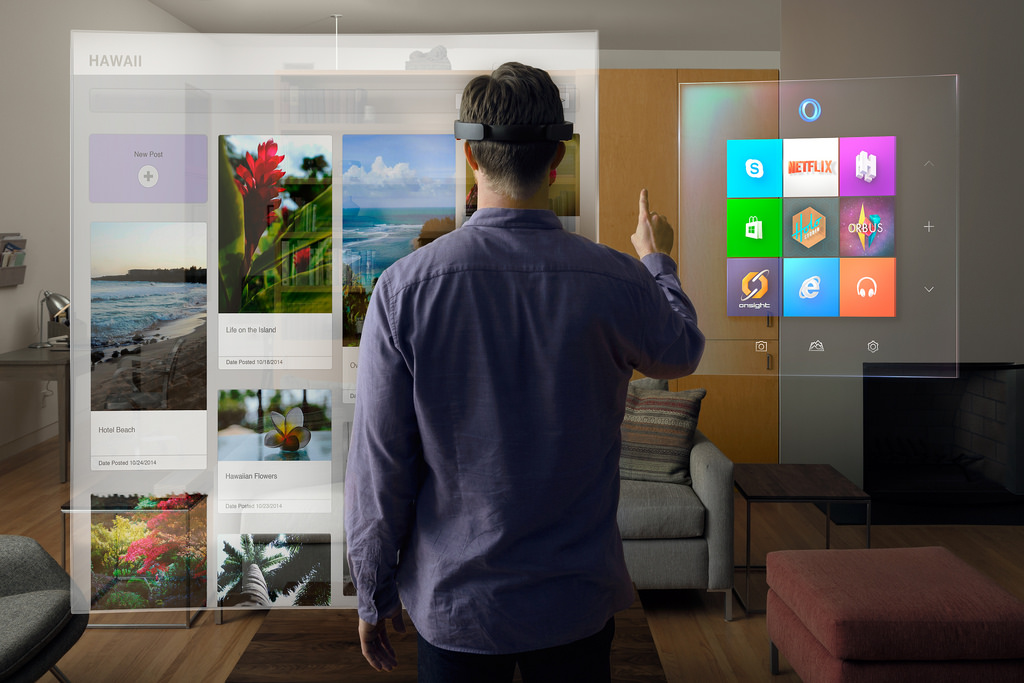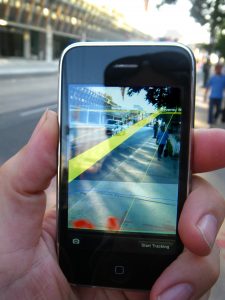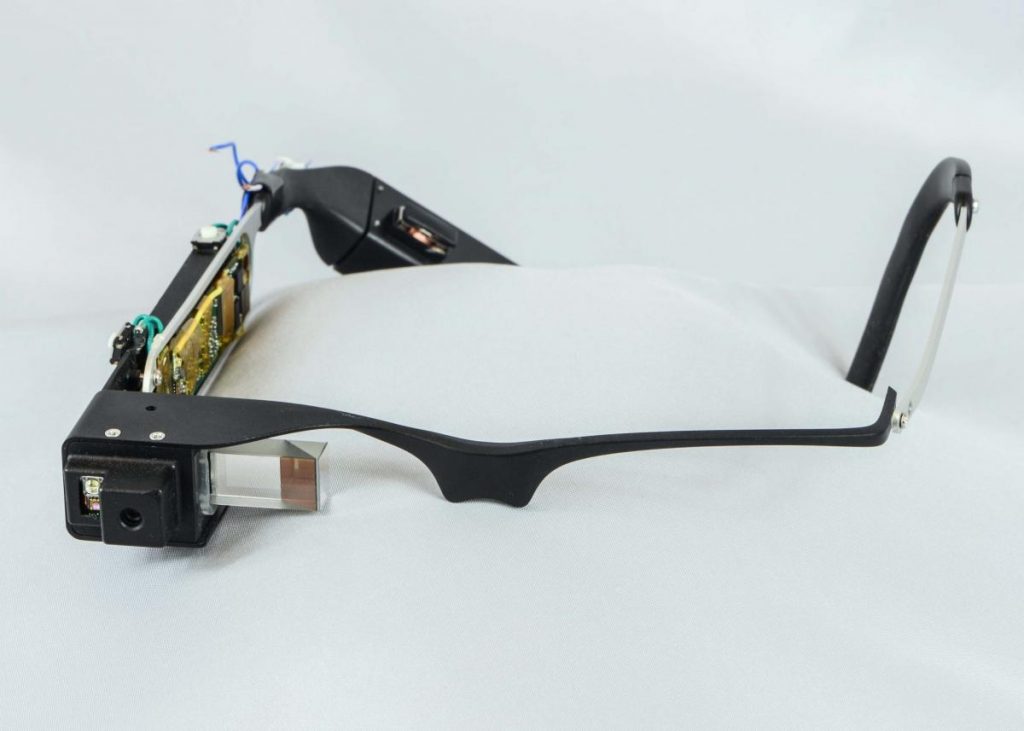
We’ve come a long way since Nintendo’s ill-fated Virtual Boy, released in 1995. Not only did that system have an unfortunate name, but it didn’t even perform well on its only purpose. I remember trying one at a friend’s house when I was in third grade. Even as a child, I got bored of it within a few minutes.
Now, over 20 years later, VR is trying to make a comeback. It seems to be going over better this run. It began with high quality, expensive headsets like Oculus Rift and HTC Vive. However, it quickly became more accessible with VR enabled phones and headsets.
Also in 2016, we saw the first hints of life from a genre known as Augmented Reality. The clearest example was the Pokemon Go craze that swept the entire world.
Technology has finally reached the point where we can make augmented and virtual reality really work right. More importnatly, the early first baby steps in the industrty started in 2016 met commercial success. Due to that success, a number of industries are looking to jump on the bandwagon. Let’s look at what we can expect from 2017, the year of augmented and virtual reality.
Defining AR and VR
Before going any furthur, let’s define exactly what we mean by virtual reality (VR) and augemnted reality (AR).

Virtual reality sets you in a 100% virtual world. Think like the Matrix, but with less spiky stuff plugging into the back of your head.
Virtual reality let’s you play games, watch movies, and other such activity. It’s usually best done while standing still or sitting in a revolving chair.
Augmented reality, on the other hand, is often meant to be used while moving. With augmented reality, the world of your vision isn’t made of virtual walls. Instead, you’re still looking at the real world, but computer graphics are added to it. Think like the heads up display a fighter pilot sees, which shows altitude and radar while he’s still looking at the real world.
Virtual Reality

VR Headsets had some great promo videos and created a lot of interest online, but with a price tag of about $900, the headsets are out of reach for the vast majority of consumers.
As technology improves, expect to see the prices start to drop in order to make the headsets more accessbile, and therefore drive sales further. Also, at the very least, expect VR companies to find a way for VR to work smoothly over wireless connections. It’s no fun tripping over cords while immersed in a virtual world.
On the topic of price, the Google Pixel and other high end Android phones have proven that a quality VR experience is possible with smartphones. While the cost of a quality phone plus a VR headset may still be pushing $700, the price is still far more reasonable because most people will have a smart phone anyhow.
Currently, only the very tip of the top end phones have the hardware and software to really make VR an immersive experience. That’ll change within the next year as the exponential growth of technology continues and top end technology of today becomes the dated technology of late 2017.
In the short term, we’ll see applications boom for VR on phones. In the long term, hopefully we’ll see official VR headsets becoming more price friendly.
Augmented Reality

Augmented reality is where we’re most likely to see the largest number of new gadgets. Snapchat already gave us a glimpse of how simple an AR product can be with the Snap Spectacles released towards the end of 2016.
The Spectacles are obviously going to be compared to Google Glass, a product almost as ill-fated as the Virtual Boy, but are really quite different. And much simpler. They’re simply a pair of sunglasses with a camera attached that allows you to take 10 second videos for Snapchat.
It’s difficult to understand how cool it is without trying it, but users have said that see a video that follows your natural head movements really goes a long way towards putting you back in that moment the video is from.
The Spectacles are receiving great reviews. In the future, I would expect Snapchat, now rebranded as Snap Inc., to further develop the Spectacles to provide a heads up display along the lenses with simple information like time and notifications.
On the other end of the spectrum, Microsoft recently unveiled a very high end AR headset called the Hololens.
What’s exciting about the Hololens is that the headset is the computer itself. There’s no need for any other device. Also exciting is that it’s powered by a standard CPU and GPU, but Microsoft found they needed a third processor, so they developed a Hologram Processing Unit devoted entirely to mapping the world you’re looking at and making holograms naturally react to it.
Sounds pretty sci-fi, right?
Microsoft has released a host of videos and held a press conference with demo for the Hololens. The basic idea is to have a cool way to play games and an innovative way to brainstorm ideas for creatives. The big idea, however, is to completely reimagine how we experience technology. Instead of a static screen in front of us, they want our eyes to be the screen.
Haven’t tried AR or VR yet? Look into any of these devices and check it out for yourself. 2017 is sure to be the year of AR and VR.




